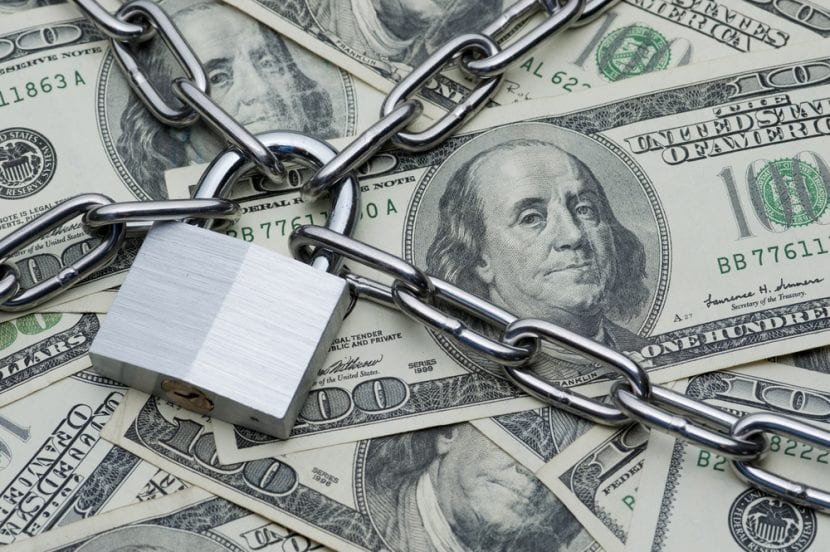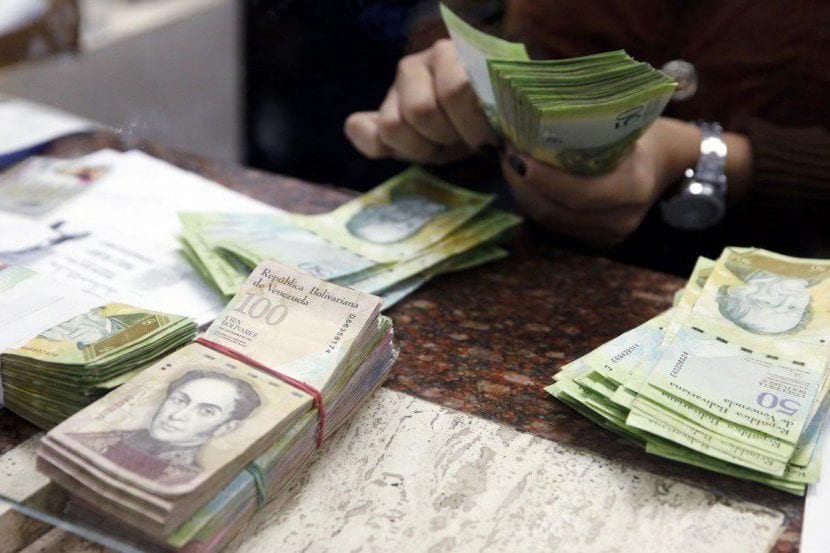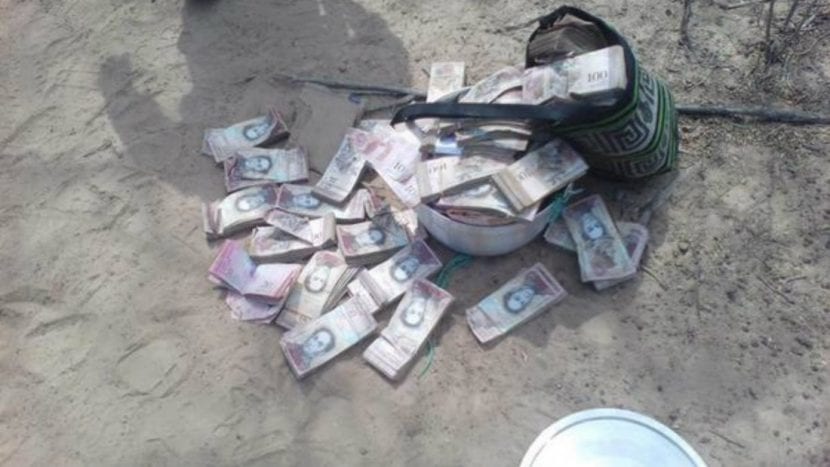
Throughout the existence of the Finance system Today we have encountered some not so favorable times in which governments had to take some legal measures to be able to control the country's economy; and it is that, if certain legislation is not put in place, the economy would be seriously affected. One of the practices that was created during one of these times of crisis is the corralito, but what is it?
A playpen It is, broadly speaking, a restriction that is imposed by the government, in which people did not have free disposal of their cash from fixed-term accounts, checking accounts and savings banks. But when did it take place? What is it for? Next, we will answer some of the most important questions in order to understand the financial corralito.
Background of a financial playpen
On the third day of December 2001, the radical government of the official Fernando de la Rúa carried out a corralito that lasted practically 1 year. This took place in the Latin American country of Argentina. And the truth is that this measure is something that was completely radical in the eyes of the people, it is because of this that the president of la Rúa was forced to resign from his position, which in turn led the country to a situation of dissolution and instability both social and political; crisis that lasted for several years.
The objective of this measure was explained as wanting prevent cash out of the banking system; in this way the banks would not undergo decapitalization, which would undoubtedly lead to a banking panic crisis, which is why it would be possible for the banking system to completely collapse.
Despite the fact that this measure was the one that was taken, some other options that could have been implemented in order to prevent bank decapitalization; one of them was mentioned by the Minister of Economy, Domingo Cavallo; who proposed that inciting the population to make greater use of electronic means of payment would result in an active economy in which the population would have access to the movement of their funds. This measure would have prevented government tax evasion, and at the same time it would have made the population trust more in the banking system and deposit more funds.
Now, the term corralito It was minted in 2001, and was made by the journalist with an economic specialty Antonio Laje. This event took place when he was in charge of an economic column in the then Daniel Hadad program. This event was very important in the development of the events of that time, and it is that in this the fact that the government significantly restricted the most basic freedoms of the users of the banking system, among the which includes making use of your own money at any time, which caused discontent among all users.
How did it happen in the playpen?
This fact begins to happen when the Withdrawal of funds, because until the month of November of said year the withdrawals their flowed more than 67 billion; It is this data that provides the government with the guideline to make the decision to build the corralito. But what did it consist of?
Specifically, this event consisted of a series of prohibitions, prohibitions that were focused on the activities of two groups of people, First, we find the prohibitions for the public and secondly we find the prohibitions for banks, let's see what each of them consists of.

As for the prohibitions for the public We found that users could not make withdrawals that exceeded 25 pesos or 250 dollars, a limit amount per week. And this being forbidden to all accounts that were in the owner's name, so that it was of little interest if he had an account in this or that bank, since a week he could only access $ 250 from his account.
The second prohibition is that of make transfers abroadThis applied only to common users, since these transactions were allowed for those that corresponded to foreign trade, as well as payments of expenses or withdrawals that were made once abroad. In this way it was tried that the national bank did not run out of funds with which to operate.
Now I am going to talk about the prohibitions for financial entities, First, let's make references to the fact that they were not allowed to carry out active operations in pesos, in addition to this, the options to carry out movements with foreign currencies were prohibited. Furthermore, these institutions were not allowed to conduct arbitrations directly or indirectly; Except for the situation in which the transactions were converted to dollars, provided that the debtor consented to said movement.
Another of the prohibitions is that interest rates that were higher than what the deposits were equivalent to, whether in pesos or dollars, could not be offered. At this point it is also important to mention that the operations that were in force could be converted into a foreign currency, as long as the convertibility law was not taken into account. 23.928, thus implying that the transactions were controllable in a much easier way.
The last of the prohibitions applicable to entities It is the one that does not allow them to charge any commission for any currency conversion. Provided that the operations are carried out through the accounts opened in financial institutions. This implied many losses for financial institutions, which shows that the only dissatisfied with the results of this decision were not the users, but also the financial institutions were seriously affected as a result of the decision to apply the corralito.
Objectives of the financial corralito
While the main objective of this measure has already been outlined, let's take a closer look at how the events were planned to take place. The first point to consider is that it was desired to avoid leakage of deposits into the banking system, this leak was the result of an event in which users lost confidence in the banking system. In the event of such a capital flight, then speculation would take place on a possible exit from convertibility, a situation that would not be favorable for the banking system and for the financial system in general.

So taking into account this information and these speculations, then the decision is made to execute a very desperate play, the corralito, by means of which it was planned to avoid said massive withdrawal of funds.
Another objective they had in mind had to do with maintaining a Cash Flow so that the economy did not stop because people did not have access to their money, but it was thought that the cash flow was maintained within the banking system through the use of debit cards. Given all these government goals, not only is the free user access to their funds, but many of the users were also forced to acquire cards in order to have access to said funds, although they could not have the money in cash if they could acquire goods through bank transactions.
So the goal the government was pursuing was to keep the banking system stable, and as mentioned in previous paragraphs, this was just one of several possible options that could be considered in order to keep the flow of money working within banking institutions.
Consequences of the playpen

One of the main consequences of the playpen, It is because it was a decision that was taken abruptly, so there was no response time for those involved to adapt to the situation. As a result of this abrupt change in the system, the country's monetary liquidity was seriously damaged, as much of the economic movement was interrupted by the lack of liquidity.
Due to the above, both trade and credit were paralyzed, causing the economy to stagnate in a significant way. Part of this is because a percentage of the population owes its sustaining the informal economy, so as very few people had enough cash to be able to make everyday purchases, which seriously affected the lifestyle of people, both customers and sellers of said system.
The most serious effect was carried out in the neighboring country of Uruguay, and is that the population of Argentina had the idea of being able to withdraw their funds in the banks of the neighboring country, however, this event caused a crisis in 2002. bank of Uruguay, one of the most notorious in its history, and caused by the Argentine government.